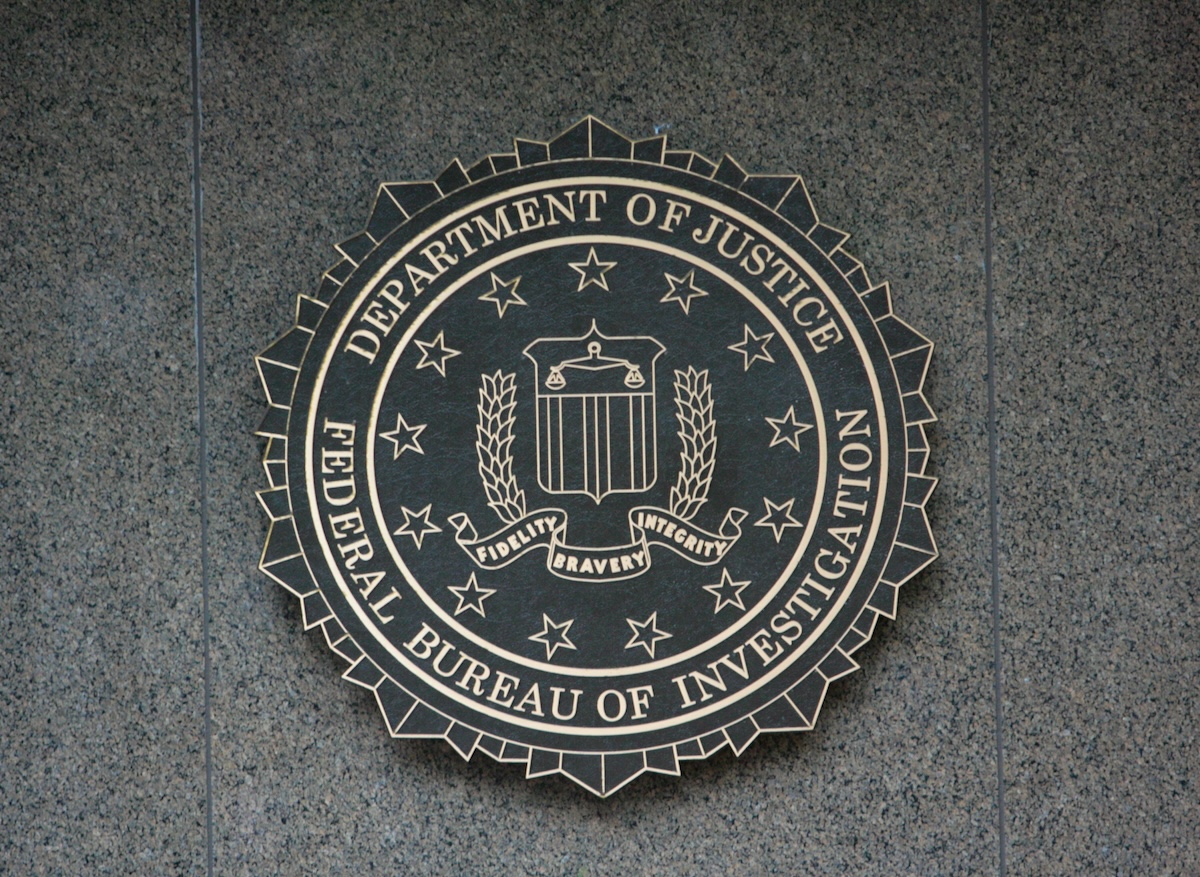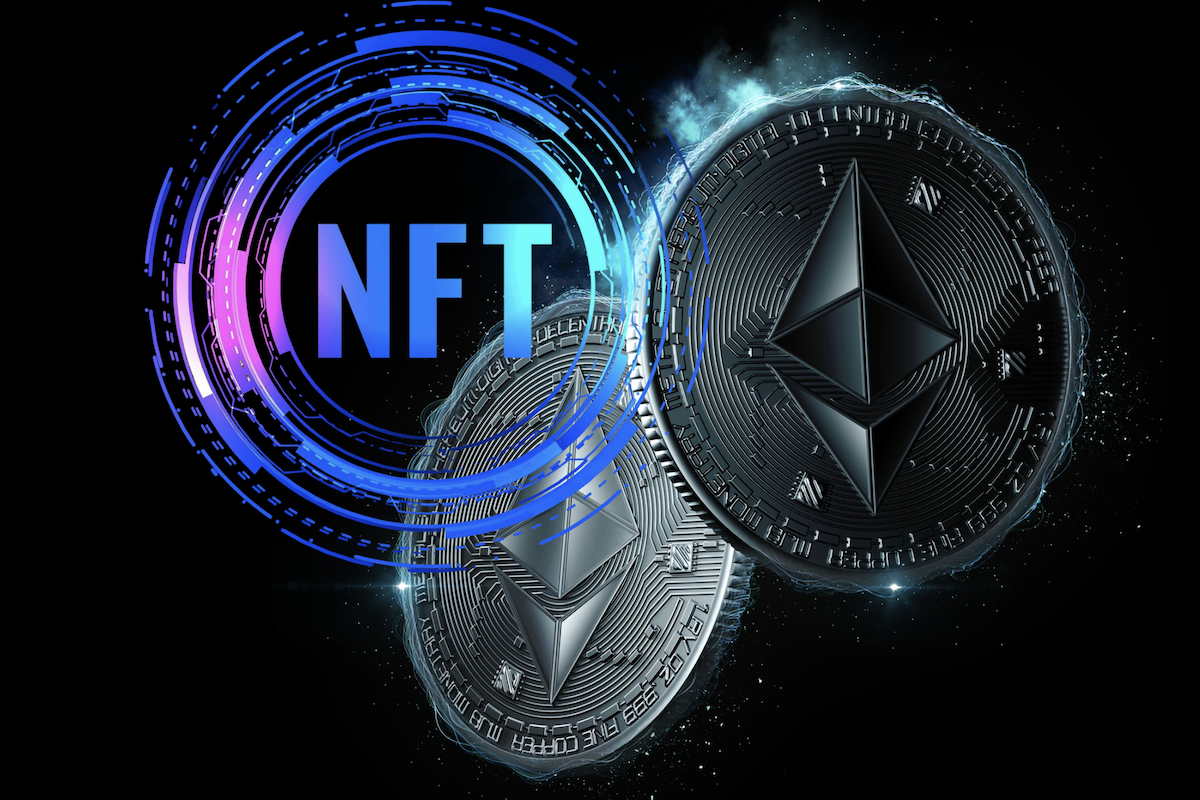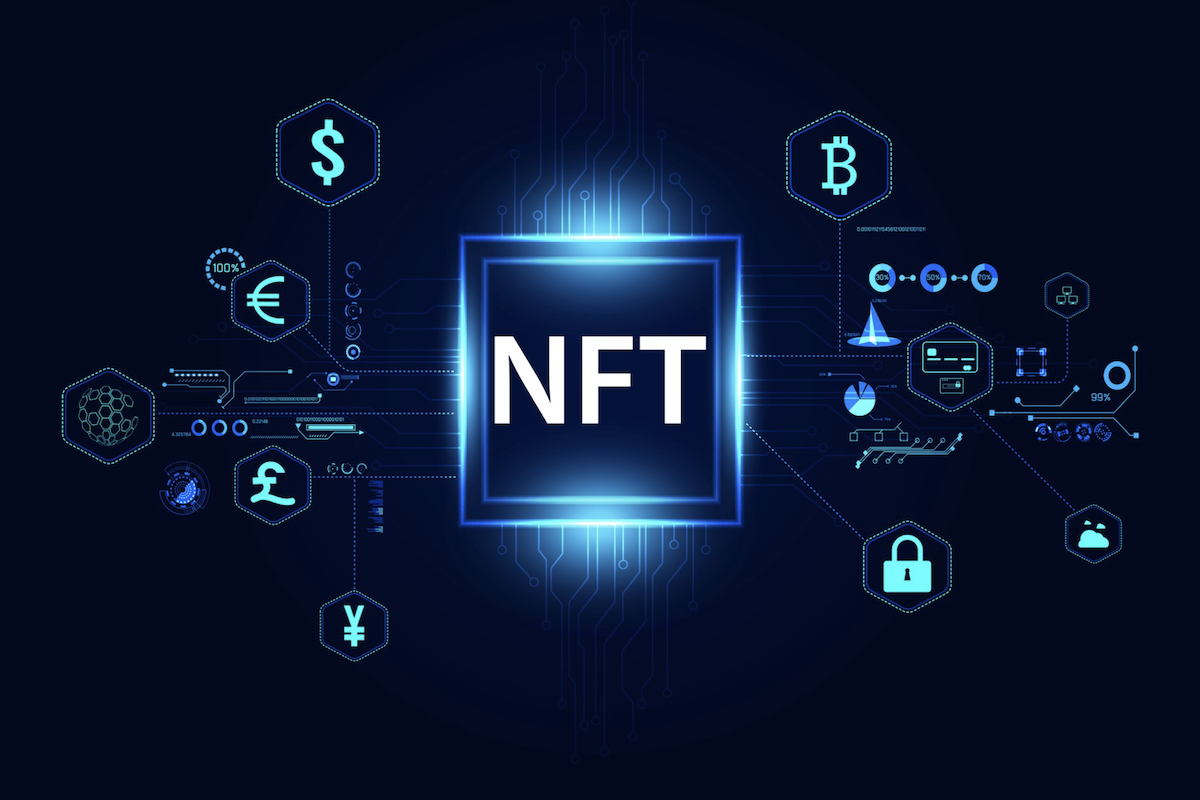Can NFTs be copied?
Discover whether NFTs, the popular form of selling digital assets, can be copied. While technically difficult, there are still issues around piracy to consider.

NFTs, or non-fungible tokens, have become a popular way for creators to sell digital art and other unique digital assets. However, one question that often comes up is whether NFTs can be copied.
Technically speaking, the blockchain technology that underlies NFTs makes it difficult to create an exact copy of an NFT. Each NFT is unique and has its own specific identifier on the blockchain, which means that it cannot be duplicated in the same way that a physical object can be replicated.
However, this doesn't mean that NFTs are completely immune to copying or piracy. One potential issue is with the underlying artwork or asset that the NFT represents. While the token itself may be unique and difficult to replicate, someone could still copy the original artwork or asset and distribute it without permission.
Another potential issue is with "fake" NFTs. These are tokens that claim to represent a particular piece of digital art or other asset but are not actually backed by the original creator. In some cases, scammers may create fake NFTs and try to sell them as legitimate works of art.
To avoid these issues, it's important for buyers and sellers to do their due diligence when dealing with NFTs. Creators should take steps to protect their original artwork or assets, such as using watermarks or other methods to deter copying. Buyers should also research the seller and ensure that they are purchasing a legitimate NFT before making a purchase.
In addition, there are efforts underway to develop standards for verifying the authenticity of NFTs. For example, projects like OpenSea are working on developing tools for verifying ownership of digital assets on the blockchain.
Overall, while it may be difficult to create an exact copy of an NFT itself due to its unique identifier on the blockchain, there are still issues around piracy and fake tokens that need to be addressed in order for NFTs to reach their full potential as a tool for creators and collectors alike.





